Thong Pagoda (Chinese name: Bao Phuc Tu), located in Dong Lu Ha village (Chan Ly, Ly Nhan) has a long history. Based on Han Nom documents, especially the content of the ancient stone stele (erected in 1623) and research results on place names, ancient vestiges, legends, and local legends, Thong Pagoda was built during the Ly - Tran Dynasty. Along with architectural values, Thong Pagoda also has many valuable Han Nom documents preserved on worship objects and artifacts.

First of all, we must mention the system of horizontal lacquered boards, parallel sentences, large characters, and roof trees. This group of Han Nom documents includes: 9 large characters, 6 pairs of wooden parallel sentences, 10 pairs of mortar-engraved parallel sentences, and Chinese characters carved on the roof trees and the first sentence. The main content praises the wisdom of Buddha, Buddhist teachings, and teaches people to be good. The roof trees provide information about restoration and renovation. The parallel sentences on the outside of the two bronze pillars of the temple's three-door gate read:
Hundreds of billions of incarnations have come to meet and save all the deluded beings.
The forty-nine teachings of the holy king reveal the power and reality.
Meaning: Buddha with hundreds of thousands of incarnations, enlightenment to help people escape from the shore of delusion is the sufficient cause/Forty-nine years of preaching Dharma, clearly showing the power of the Holy King.

In particular, when studying Han Nom documents of Thong Pagoda, it is impossible not to mention the group of inscription documents, expressed on stone and bronze materials. Currently, the pagoda still preserves 1 stone incense tree, 2 stone steles of the Later Le Dynasty, 1 bronze bell of the Nguyen Dynasty. This is a very important source of historical documents providing information about the timelines and major events of the pagoda. The stone stele "Bao Phuc Tu Bi" engraved in the 5th year of Vinh To (1623) is the oldest relic at the pagoda, made of a single block of green stone, with Chinese characters engraved on both sides. The stele's forehead is crescent-shaped, the front side is embossed with two dragons facing the sun. The image of the dragon with soft, graceful lines shows the sophistication in the art of shaping of ancient artisans. Right below the stele's forehead, there are 4 large panels engraved with the Chinese characters 寶福寺碑 "Bao Phuc Tu Bi" (Bao Phuc Pagoda Stele). The border of the stele is decorated like the front. The border on both sides is carved with gourd-shaped vines, the lower border is carved with lotus petal patterns. The heart of the stele is engraved with Chinese characters. On the back, on the forehead is carved with chrysanthemums facing the moon, under the forehead of the stele are 4 large panels engraved with 4 Chinese characters 同閭社碑 "Dong Lu Xa Bi" (Dong Lu Commune Stele). The border of the stele is decorated like the front. The heart of the stele is carved with Chinese characters, some of which have faded. The content of the stele provides information about the restoration of Bao Phuc Pagoda and the making of Buddha statues. The stele has a passage: On an auspicious day, August, Canh Than year, the nuns of Dong Lu commune, Nam Xuong district, Li Nhan prefecture, Son Nam province of Dai Viet again launched a campaign to restore Bao Phuc Pagoda and remake Buddha statues. A completed building is now engraved on the stele to be passed down to future generations.
Engraved: The Vietnamese nation of all dynasties/Nam Xuong land is beautiful/Famous in Lu ap/Temple in Thung village/Now there is a nun/Always good-natured/Donating property/Erecting a Buddhist temple/Strong doors and beautiful walls/Erecting pillars and carved beams/The work is completed/The seal is opened/Sincerely worshiping Buddha/Incense and prayers/With all my heart, I will preside over/Offering to all directions/Buddha's money will always respond/Longevity is boundless/Peaceful days and stable years/Outstanding descendants/Providing proper support/Many carriages and horses at the door/Gardens full of buffaloes and goats/High officials are important/The country will always be stable”. Next, the stele lists the names of those who contributed to the construction of the temple.

The second stone stele kept at the pagoda is called 寶福禪寺 “Bao Phuc Thien Tu”, erected in the 8th year of Vinh Thinh (1712) under King Le Du Tong. The stele was made of a single block of green stone, with Chinese characters engraved on both sides. The front of the stele is embossed with cloud-patterned Bodhi leaves, and the top has a lotus-shaped tip. The body of the stele has a border around it, the top border has a Bodhi leaf pattern, and the bottom has 4 large round panels engraved with the 4 words “Bao Phuc Thien Tu” (Bao Phuc Pagoda), the two side borders are carved with cloud-patterned chrysanthemums, and the bottom border has a bent lotus petal. The back side is decorated with the same pattern as the front. Below the top border are 4 round panels engraved with the 4 large words “Tac Thach Bi Ki” (Engraved on the stele). The stele records the merit of the restoration and renovation of Bao Phuc pagoda and praises the kind hearts of the good men and women who donated to build the pagoda: “I have heard: Buddha was born in Tay Truc and then spread to Dong Tho land. After going to many places, it was found that Son Nam is a beautiful land, Dong Lu has a charming terrain, the pagoda is developing, the new Bao Phuc pagoda was built with the Upper Palace, Middle Palace, and Front Hall. Moving to the corridor to carve statues of Buddhas and Saints: Past, Present, Future (Tam The) is necessary, the statues of Saints, Four Palaces, Dharma Protectors, and Lords are decorated with yellow, green, purple, and red to enhance the scenery, and the fruits are plentiful before and after. The work is completed, the Dharma instruments are passed down for thousands of springs, and the foundation of blessings is left for thousands of generations. The officials in the whole commune, together with the people, donated money to renovate the pagoda so that the miracle of Buddhism will last forever, the literary candidates will reach the Tam Khoi (Trang Nguyen, Bang Nhan, Tham Hoa), the martial artists will reach the ninth rank of merit The servants, farmers, and craftsmen will be rich and happy with their jobs, the merchants will have their money forever enriched, their hearts will last forever, for thousands of years the miraculousness of Buddhism will continue to flourish and shine forever in life. The ancestors, descendants, and ancestors on both sides of the family will all be helped by the Buddha's power to overcome the Eight Calamities and Three Evil Paths (eight places where living beings suffer, three evil paths). Those who have good hearts and merits early on will be engraved on steles to be passed down to all generations, their names will be engraved for thousands of years and will last forever..." Next are the names of Buddhists and believers with a heart of merit. The front side is engraved with 236 names of meritors, the back side records the names of 180 people.
Thong Pagoda still preserves a stone incense stick with four sides engraved with Chinese characters. Because the incense stick was placed outdoors, it was affected by time and climate, causing many characters to fade and disappear. Although the exact age cannot be determined, based on the style of its creation, it can be determined that the incense stick dates from the Later Le Dynasty.
The Han Nom inscription is also shown on the bronze bell (hanging in the worship hall), cast in the 14th year of the Gia Long era (1815). The bell body has 4 frames shaped like Bodhi leaves, engraved with 4 Chinese characters 寶椿寺鍾 "Bao Thung Tu Chung" (Bao Thung Temple Bell). The inscription states the reason for casting the bell: "...Nowadays, Dong Lu commune has Bao Thung pagoda, which is classified as a historical and famous place. Previously, the bell was absent. Therefore, on April 22, all the officials from all over the commune, the elderly, the faithful from all directions, who had the heart to make offerings, gathered to cultivate merit and cast a large bell...". Next are the lines praising the merits and engraving the names of the meritorious people to honor them.
The Han Nom heritage of Thong Pagoda helps us to understand more about the history of the land, the changes in administrative boundaries, and the names of the villages here. Not only valuable in terms of language, the Han Nom heritage, when expressed through relics and antiquities (horizontal boards, parallel sentences, steles, bells, etc.), is also a treasure trove of folk decorations and sculptures that contribute to the uniqueness and specialness of the relic.
Pham Nguyet Minh - Do Van Hien
Source


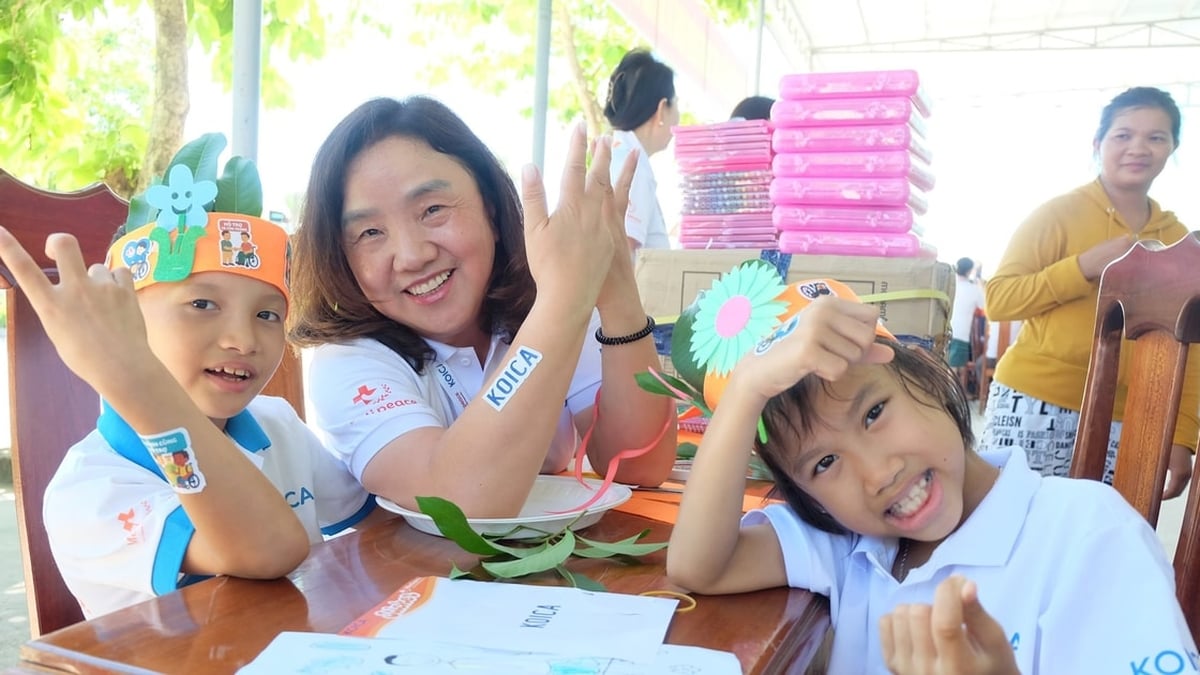

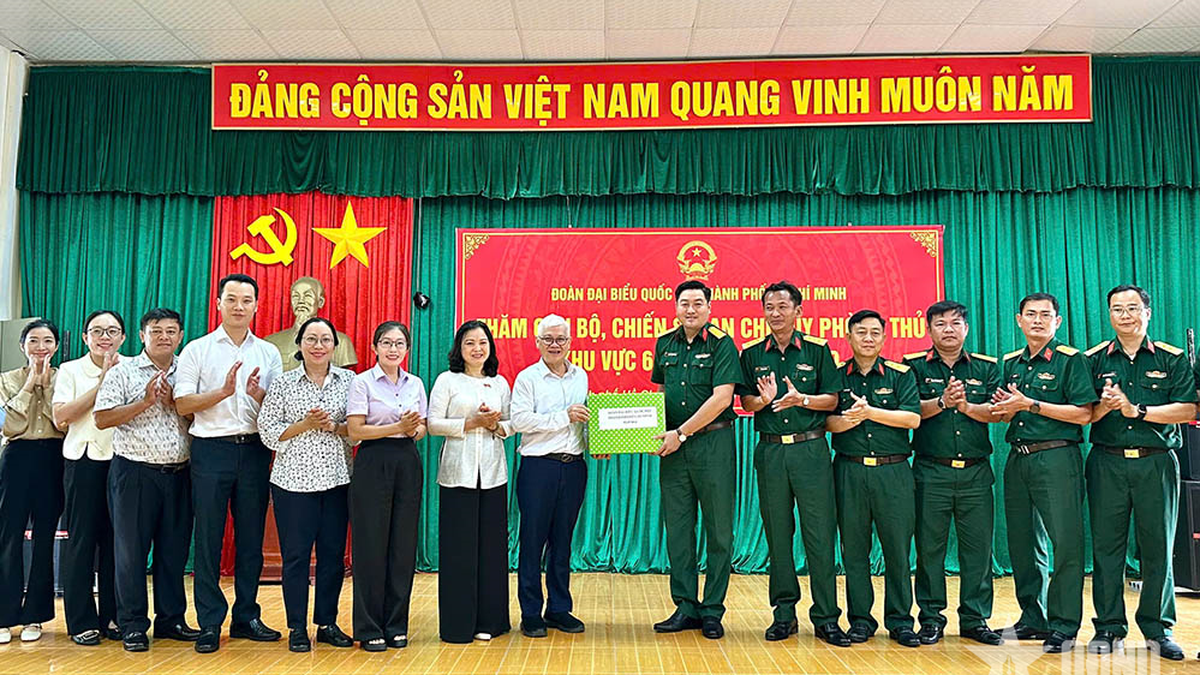
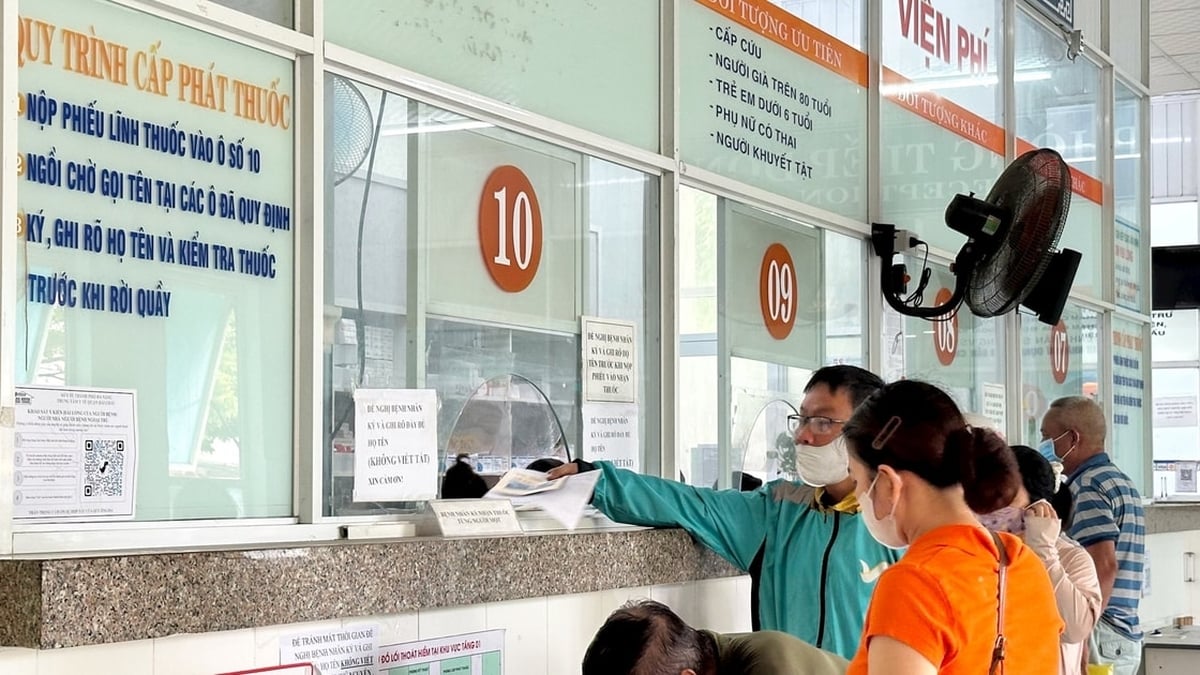


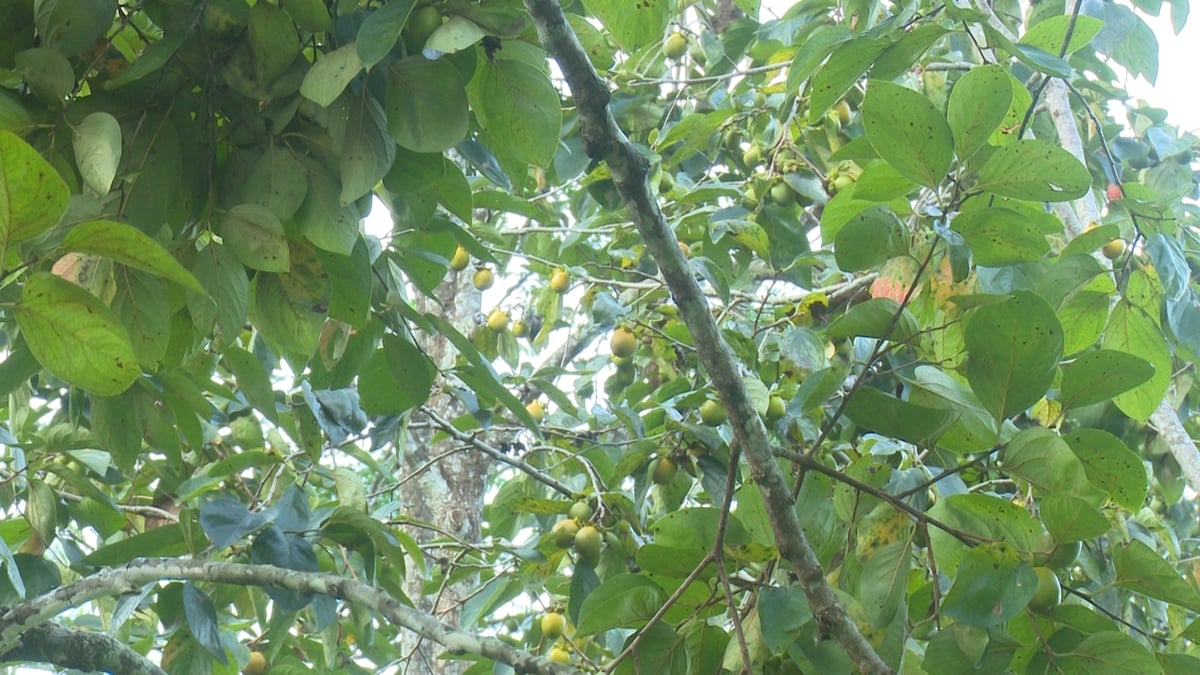
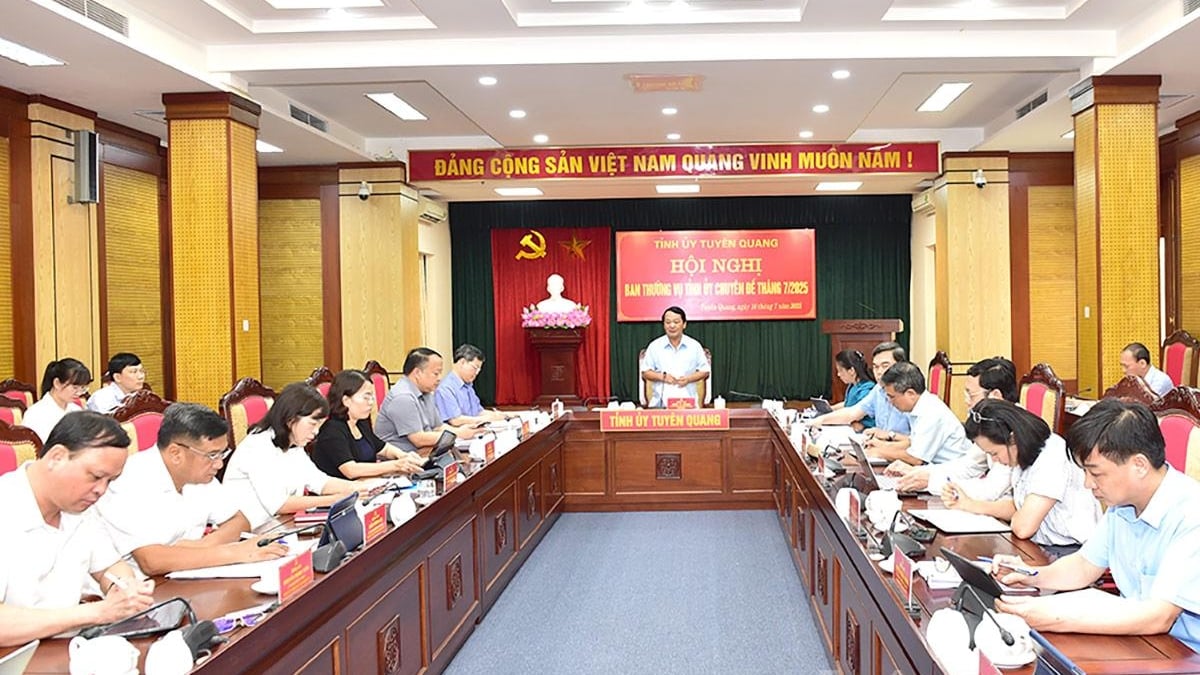










































![[Maritime News] More than 80% of global container shipping capacity is in the hands of MSC and major shipping alliances](https://vphoto.vietnam.vn/thumb/402x226/vietnam/resource/IMAGE/2025/7/16/6b4d586c984b4cbf8c5680352b9eaeb0)
















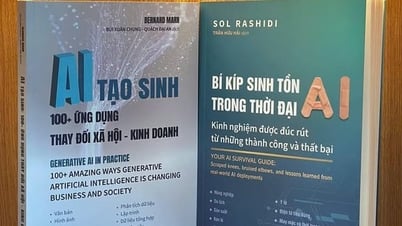


























Comment (0)